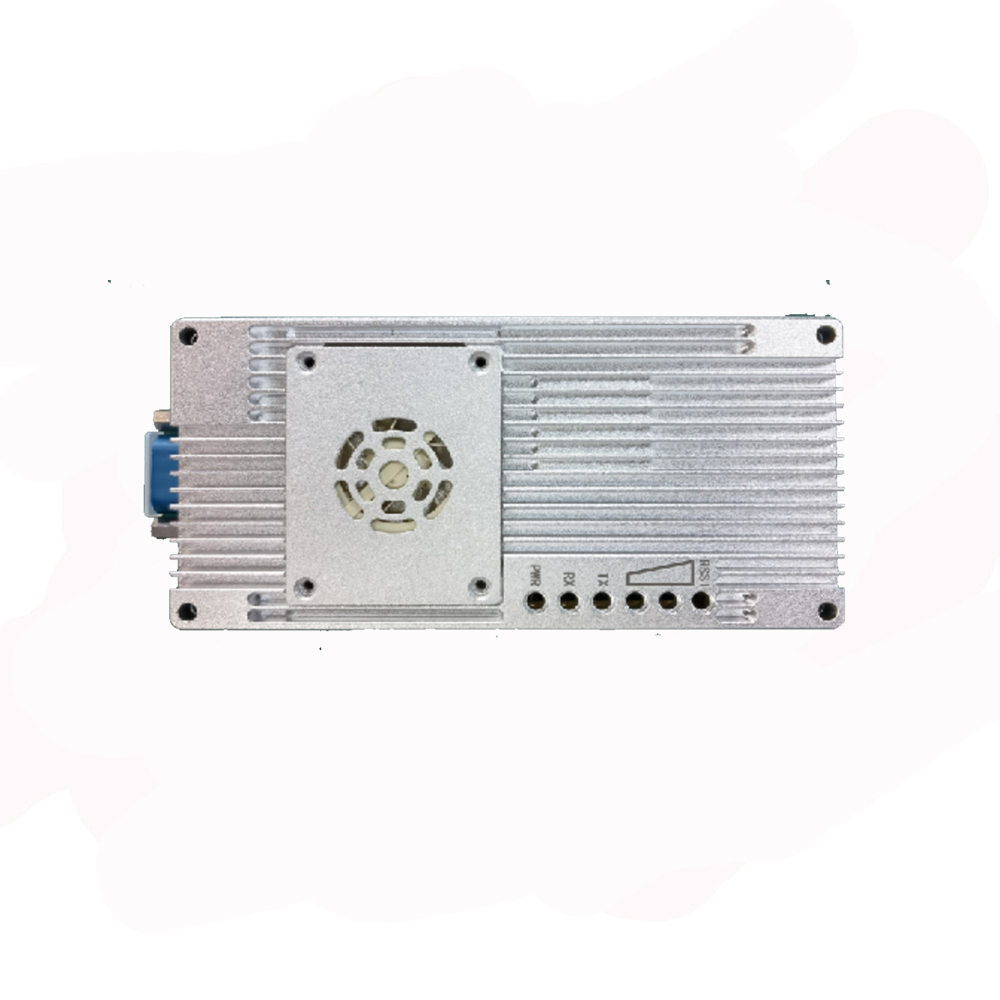Previous post
The advantages of drone video transmission technology


The transmission system in drones refers to the technology that enables communication between the drone and its controller or operator. It typically involves a combination of radio frequencies, protocols, and hardware components.
Here are some key aspects of a drone transmission system:
Radio Communication: Drones commonly use radio waves to establish a communication link between the remote controller and the aircraft. This allows the operator to send commands to the drone and receive telemetry data (like altitude, speed, battery status, etc.) from the drone.
Frequency Bands: Drones often operate within specific frequency bands allocated by regulatory authorities. Common bands include 2.4 GHz and 5.8 GHz. Some higher-end or specialized drones might use other frequencies for longer range or better signal stability.
Transmitter and Receiver: Drones come with a dedicated remote controller (transmitter) that communicates with the drone’s receiver. The transmitter sends control signals and receives feedback from the drone.
Protocols: Communication protocols like Wi-Fi, Bluetooth, or proprietary protocols designed by drone manufacturers govern how data is transmitted between the controller and the drone. These protocols determine the range, data transfer rate, and reliability of the connection.
Transmission Range: The range over which the drone can be controlled varies based on the technology used, environmental conditions, and any potential interference. Some drones have a range of a few hundred meters, while others, especially those used in professional or industrial settings, can have ranges of several kilometers.
Signal Strength and Interference: Factors like obstacles, electromagnetic interference, and other wireless devices operating in the same frequency band can affect the strength and stability of the drone’s signal.
Security: Encryption and security measures are often employed in drone transmission systems to prevent unauthorized access or control of the drone.
Telemetry Data: Besides control signals, drones transmit telemetry data, including GPS coordinates, battery level, altitude, and camera feed (if applicable), to the controller, providing real-time feedback to the operator.
Developments in transmission systems for drones focus on improving range, reliability, and resistance to interference, especially as drones are increasingly used in various industries like agriculture, construction, cinematography, and delivery services.

